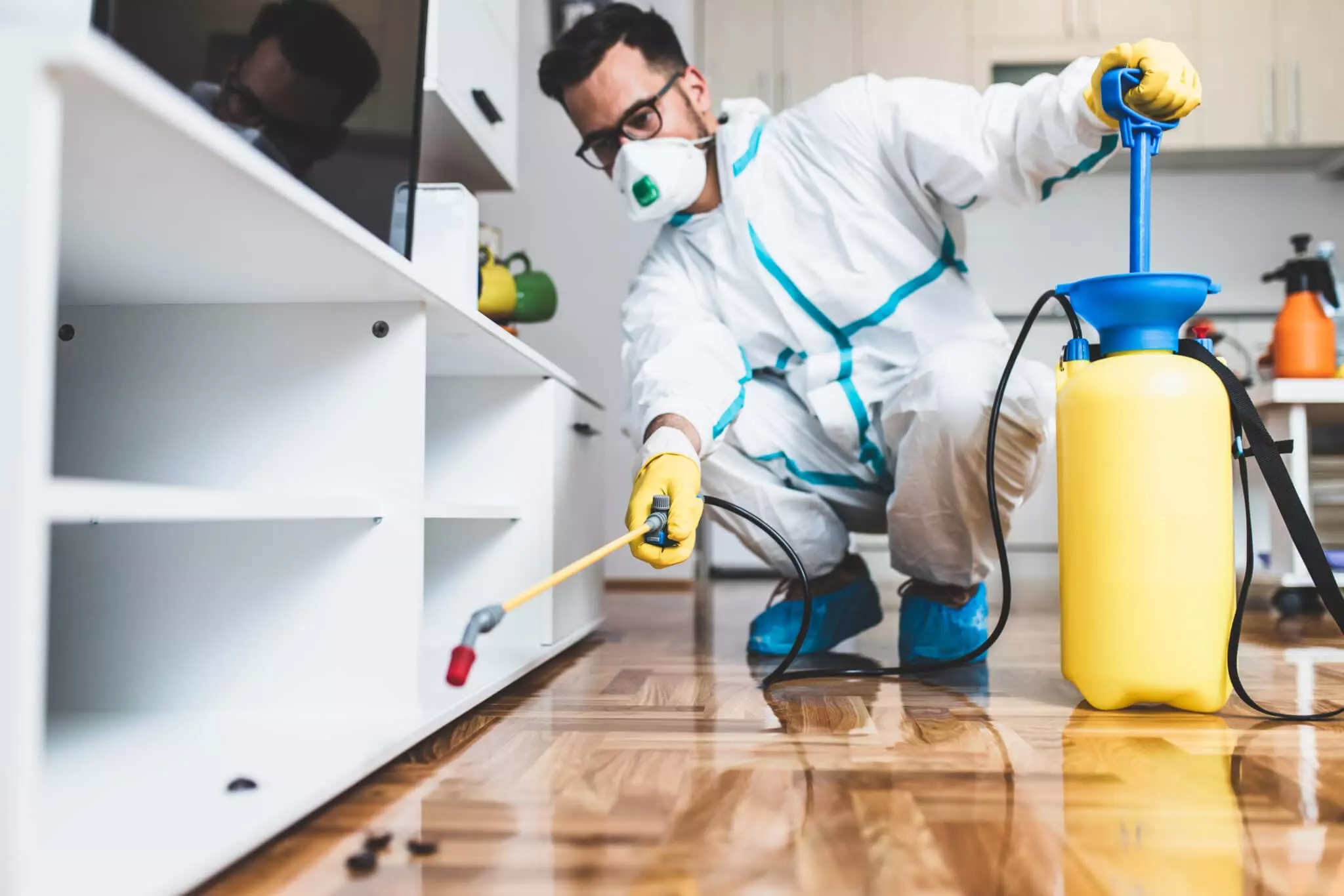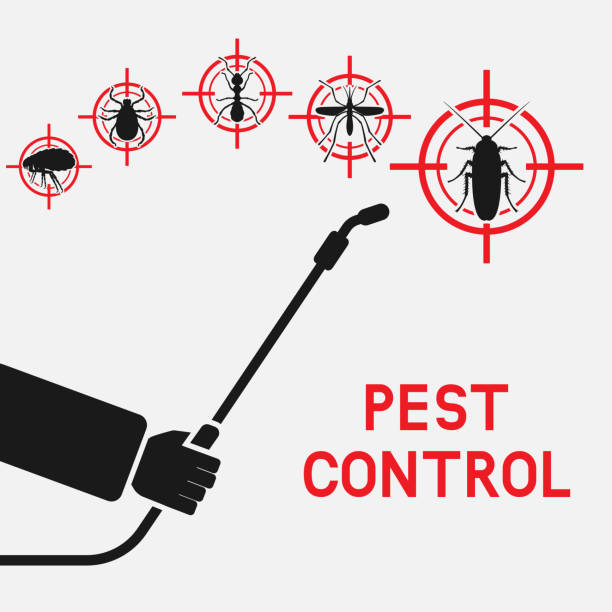Guaranteed Satisfaction with Expert Services from Pest Control Lockhart
Discovering Invasion and Therapy Techniques worldwide of Insect Control
The landscape of bug control encompasses a myriad of difficulties, especially as infestations of typical home pests remain to develop. Comprehending the actions and reproductive patterns of these annoyances is critical for establishing reliable therapy approaches. By incorporating preventive procedures with sophisticated monitoring methods, such as Integrated Bug Management (IPM), homeowners can much better protect their settings. The effectiveness of these techniques may differ dramatically based on specific circumstances. What underlying variables add to the success or failure of these methods in various settings?

Typical House Vermin
When it involves managing our space, understanding typical house parasites is crucial. These bugs not just interrupt our comfort but can also position health and wellness threats and damage residential or commercial property. One of the most common household bugs include ants, roaches, rodents, termites, and bed insects.
Ants, usually seen foraging in kitchen areas, can infect food and establish big nests. Rats, consisting of mice and rats, can cause structural damages and bring diseases like hantavirus and salmonella.
Identifying the indications of these pests, such as droppings, nests, or bite marks, is crucial for very early treatment (Pest Control Lockhart). Correct hygiene methods, sealing entrance factors, and keeping a clutter-free environment are efficient preventative actions. By identifying these usual household pests and comprehending their behaviors, house owners can take aggressive steps to mitigate infestations, making sure a healthier living setting
Comprehending Bug Infestations
Bug problems can rise promptly, turning a minor nuisance right into a considerable problem if not addressed immediately. Common elements contributing to infestations consist of poor sanitation, structural susceptabilities, and seasonal adjustments that drive parasites inside your home.
Recognizing the kind of insect is important, as various types display diverse habits and reproductive prices. Rats may establish nests in concealed locations while bugs like roaches grow in moist settings. Early detection usually depends upon identifying signs such as droppings, chomp marks, or uncommon noises, which can show an issue before it comes to be extreme.
Environmental conditions likewise play an essential function in pest spreading. Warm, humid climates can help with the rapid development of pest populations, while adjustments in landscape design or building can unintentionally create helpful environments. Therefore, normal assessments and preventative procedures are critical to minimizing the risk of invasions. An educated method to recognizing these dynamics prepares for efficient parasite administration techniques in the future.
Treatment Methods and Strategies
Reliable treatment approaches and methods are necessary for minimizing pest infestations and recovering a safe atmosphere. A multifaceted method is commonly best, including chemical, organic, and mechanical strategies customized to the particular pest and the extent of the infestation.
Chemical therapies include using insecticides and herbicides, which can efficiently eliminate pests. Correct application and adherence to security standards are critical to decrease risks to human beings and non-target microorganisms. Integrated Insect Administration (IPM) encourages the judicious use chemicals as a last resource, relying rather on tracking and threshold levels to establish treatment needs.
Biological control methods involve introducing natural killers or parasites to lower insect populaces. This strategy is progressively preferred, especially in farming settings, as it advertises ecological sustainability.
Mechanical methods, such as traps and barriers, offer prompt remedy for insects without presenting chemicals. Choices include sticky catches for try this site bugs or physical obstacles for rodents.
Eventually, the option of therapy technique ought to think about the details insect, the setting, and prospective effects on human health and wellness and communities. A well balanced mix of these approaches can effectively handle infestations while promoting long-term insect control services.
Precautionary Steps for Homes
Proactively resolving pest concerns prior to they rise is essential for keeping a healthy home setting (Pest Control Lockhart). Implementing efficient preventive actions can dramatically minimize the probability of infestations, eventually securing both your property and health

Appropriate landscape design additionally plays a vital role in prevention. Keeping bushes and trees moved here trimmed away from your home minimizes the opportunities of parasites locating their way indoors. Guarantee that drainage systems are operating efficiently to avoid standing water, which can attract in insects and other pests.
Last but not least, regular evaluations are advisable. On a regular basis inspecting for indicators of pest task allows for early treatment. By taking on these safety nets, homeowners can develop a setting that is much less friendly to parasites, thus enhancing their total lifestyle and lowering the demand for extensive pest control interventions.
Industrial Pest Control Techniques
A thorough technique to industrial bug control is important for services intending to maintain a safe and hygienic environment. Reliable approaches include a mix of routine inspections, employee training, and the implementation of Integrated Pest Monitoring (IPM) practices.
Routine examinations make it possible for early discovery of bug activity, enabling prompt treatment. Businesses should develop a routine schedule for these evaluations, concentrating on high-risk locations such as kitchens, storage spaces, and waste disposal websites. Employee training is similarly essential; staff needs to be enlightened on the signs of insect invasions and the significance of reporting them right away.
Implementing IPM techniques helps reduce bug problems sustainably. This includes environment alteration, such as sealing entrance factors and minimizing mess, in addition visit the website to using natural deterrents prior to turning to chemical treatments.

Furthermore, working together with a certified bug control supplier makes certain accessibility to specialist understanding and sophisticated treatment options. This collaboration can cause personalized pest control intends customized to the certain demands of business, lessening dangers and improving general efficacy. Eventually, an aggressive and informed strategy cultivates a pest-free atmosphere, guarding both public health and wellness and organization track record.
Conclusion
In final thought, efficient insect control requires a detailed understanding of typical home bugs and their behaviors, coupled with targeted therapy techniques. Carrying out preventive steps alongside treatment approaches such as Integrated Insect Administration and organic control enhances the ability to reduce problems.